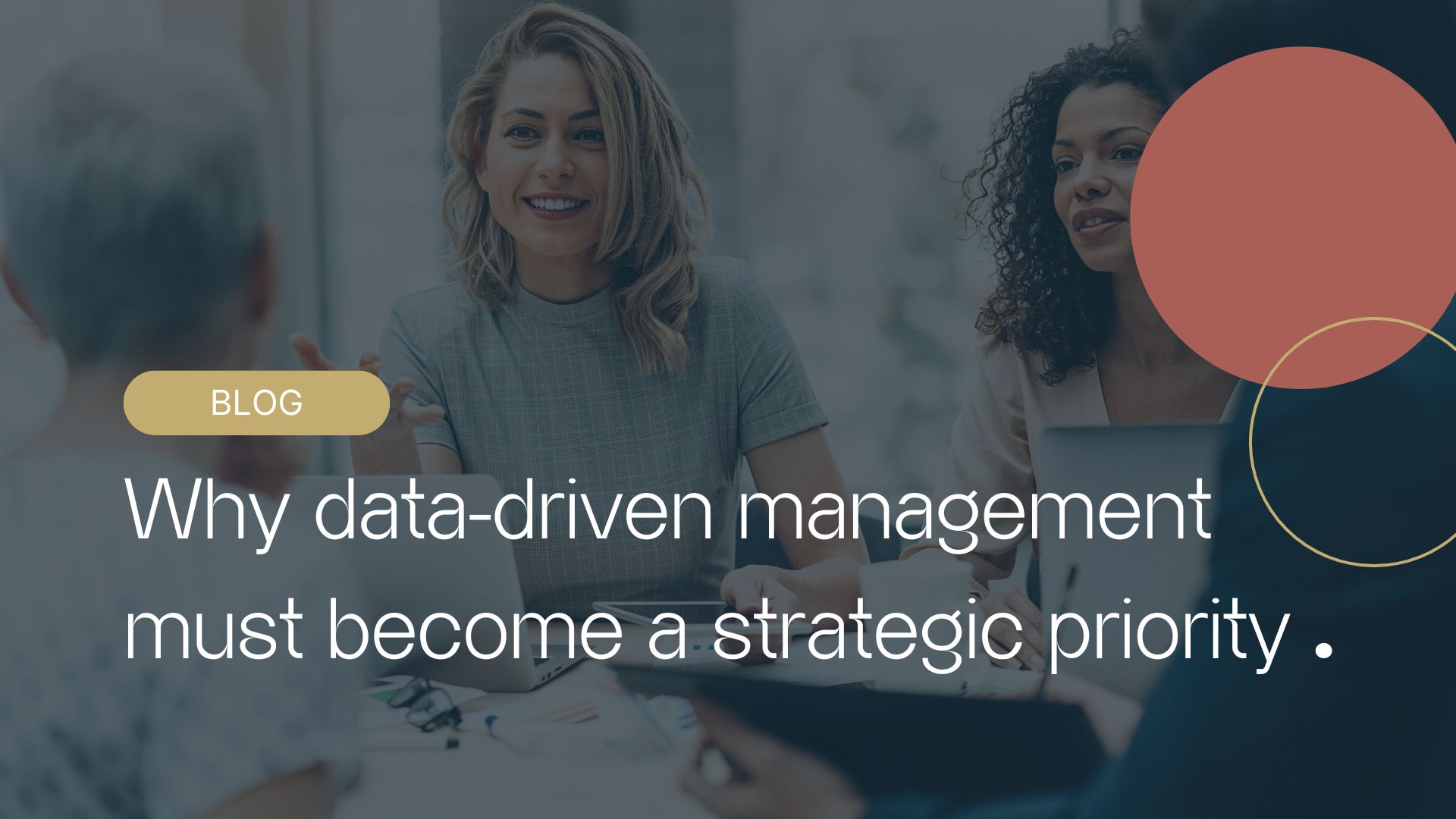
Move from “data we hope is right” to “data we trust”, and organisations can make decisions that directly impact profitability.
Why data-driven management must become a strategic priority
After many years of implementing business systems for dozens of companies, I have seen a clear pattern: Those who succeed have leaders who think strategically about technology from day one, thereby building the foundation for data-driven leadership.
By: Lars Hugo Braadland Olsen
What is data-driven management?
In today’s rapidly changing business world, where technology changes the rules of the game on a monthly basis, leaders can no longer rely on experience and intuition alone, making data-driven leadership critical to future success.
Data-driven management is about basing strategic decisions on insights from sharp data instead of intuition, experience or assumptions .
That means being able to answer questions like “Which customers are most profitable?”, “Where do bottlenecks occur in production?” or “Which investments give the best return?” with data insights, not gut feelings.
But first, let’s talk about the elephant in the room.
Also read: What is composable ERP, and why is everyone talking about it?
When technology choices hinder data-driven management
Far too many companies are making technology decisions that undermine the ability to drive data-driven management in the future, not least in ERP implementations.
They are dazzled by solutions that are ready-made, that can be in place in a short time, that follow “best practices,” are cloud-based, have low entry costs, and supposedly high returns. But love is more than infatuation.
When the gray everyday life comes, many notice that the system does not live up to its promises. Worst of all: The data is locked in rigid structures that prevent insight and analysis.
The difference lies in how leaders think about technology. Some ask, “Does this solve our problem?” Others ask, “Does this build the foundation for smarter decisions now and in the future?”
The latter perspective wins.
Think strategically about system architecture from the start
But before you can make data-driven decisions, you need systems that deliver the right data in the right way. This requires strategic thinking about system architecture from the start.
There are two schools of thought here:
- Monolithic thinking: A large system with one vendor that will solve everything. The data is locked inside the vendor’s structures. Changes often require costly adaptations.
- Modular thinking: with best-of-breed solutions linked by intelligent integrations. Data flows freely between systems. New tools can be plugged in without changing everything. In business systems, this is called “ composable ERP ”.
My experience clearly shows that the modular approach gives companies the flexibility they need to evolve into data-driven organizations. Monolithic systems may seem simple in the short term, but quickly become digital “straitjackets” that hinder development and innovation.
Also read: Excel in the manufacturing company: When is it time to consider ERP?
Are you prepared for the AI wave?
Here comes another screwball:
It is only a matter of time before new players emerge that will disrupt the entire ERP market. The next generation of ERP systems will be AI-powered solutions, built by AI.
The question is not whether they will come. It is whether you are ready when they do.
Those who have bet everything on the old giants where data is locked up and difficult to access will spend years migrating. Those who have built solid, open and flexible can implement new AI tools much more easily without replacing the entire system landscape.
Good technology management today enables data-driven management tomorrow
Insights from sharp data are already an important competitive advantage for running a profitable and sustainable business, if not a “must”.
Companies that build a flexible and solid technological foundation today position themselves to become data-driven organizations tomorrow.
And it starts with smart technology choices now.
Frequently asked questions about data-driven management
What is data-driven leadership? Data-driven leadership means basing strategic decisions on insights from hard data rather than intuition or assumptions. It involves being able to answer critical business questions with fact-based analysis.
How can Norwegian companies implement data-driven management? The start is to build the right technological foundation through modular systems that can deliver quality data. Then the organization must develop analytical capacity and decision-making frameworks.
What technology choices best support data-driven management? A Composable ERP architecture with best-of-breed solutions that communicate via open APIs is an example of a good choice. This provides flexibility to integrate new tools and AI components as the technology matures.
Author

Lars Hugo Braadland Olsen
Lars Hugo Braadland Olsen is Director of Business Development, Business Services Norway at Arribatec Group, a technology house that delivers integrated business solutions to Norwegian and international companies. With broad experience from ERP implementations and digital transformation in Norway, he helps boards and leaders navigate the complexity of today’s technology landscape..


